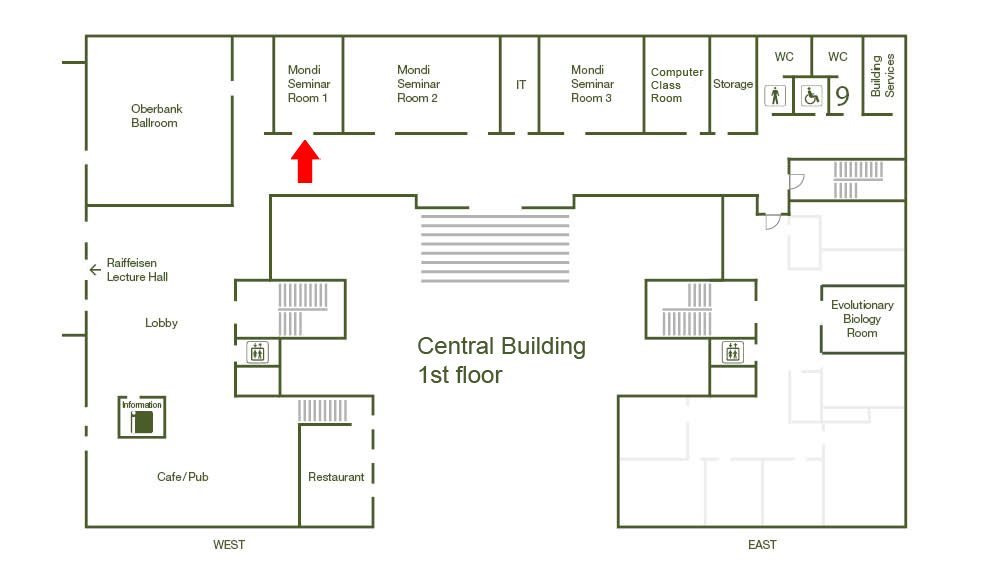Thesis Defense: Atoms in a Propagating-Wave Cavity for Squeezed Mach-Zehnder Atom Interferometry

Atom interferometers measure the relative phase shifts between coherent matter-wave paths that arise from interactions with external fields or inertial forces. Due to their exceptional phase sensitivity, atom interferometers became an essential tool for precision measurements and fundamental physics experiments, finding applications in geodesy, gravimetry, and inertial navigation. However, their measurement precision is limited by quantum projection noise, which arises from the Heisenberg uncertainty principle, preventing the measurement of atomic states with absolute precision. The generation of entanglement between the atoms offers a path to surpass this so-called standard quantum limit, thereby enhancing the interferometer’s phase sensitivity beyond classical measurement bounds.
This thesis reports on the development of an atom interferometer experiment designed to realize cavity-mediated, squeezed Mach-Zehnder-type interferometry with ultra-cold 87Rb atoms. The experiment combines cavity-aided spin-squeezing with cavity-mediated Mach-Zehnder interferometry to demonstrate entanglement-enhanced phase sensitivity. The experiment is centered on a triangular optical cavity that mediates all relevant atom-light interactions. The cavity provides optical trapping, spin-squeezing, and Raman beam-splitter operations, enabling to perform interferometry on a continuously trapped atomic ensemble.
The thesis elaborates on the fundamental theoretical framework, the cavity design, and the full optical setup, including the detailed configuration of the developed laser stabilization methods. Experimentally, continuous loading methods were explored, resulting in an accumulation of up to four million atoms in the dipole trap within a cycle time of 500 ms. The AC-Stark shift compensation method developed for continuous loading was further applied for in-trap cooling to 10 μK, and optical pumping for efficient atomic state preparation. Coherent state control was verified via observation of microwave-driven Rabi oscillations, and used to characterize atom-cavity coupling.
These presented results establish the experimental groundwork for the future development of cavity-mediated, entanglement-enhanced Mach-Zehnder-type atom interferometry.